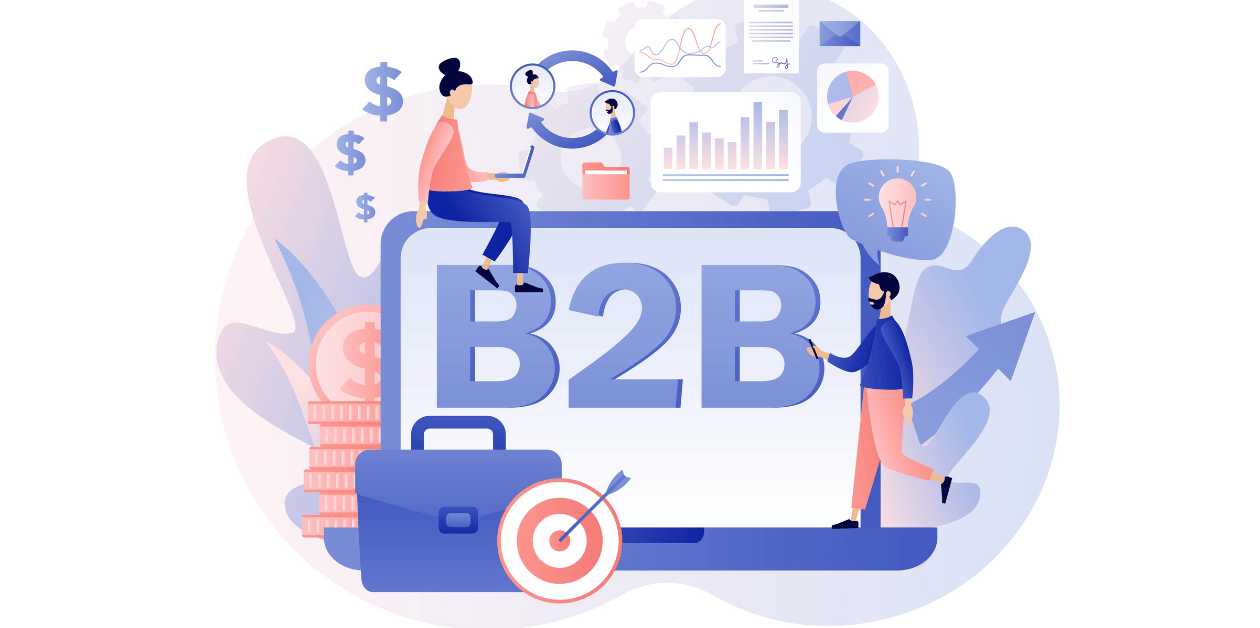Highlights
- 1 SUMMARY
- 2 The Transformation of Fintech
- 3 B2B Fintech Ecosystem: The Unsung Powerhouse
- 4 Core Components of B2B Banking Technology Evolution
- 4.1 Digital Channels & Customer Lifecycle Management (CLM)
- 4.2 Digital Automation
- 4.3 Digital Lending
- 4.4 Digital Payment Solutions
- 4.5 Enterprise Digital Automation
- 4.6 Trade Finance & Supply Chain Solutions
- 4.7 Treasury & Liquidity Management
- 4.8 Regtech
- 4.9 Universal And Next-Generation Core Banking Systems
SUMMARY
The B2B fintech sector is focused on leveraging technology to enhance operational efficiency, bolster security frameworks, and ensure compliance with stringent regulations. Compared to their B2C counterparts, B2B companies encounter substantially higher transaction volumes, intricate workflows, and increasingly stringent regulatory requirements.
The rapid evolution of B2B banking technology is driven by a variety of transformative solutions aimed at addressing critical challenges faced by financial institutions.
The Transformation of Fintech
Previously viewed as a buzzword often linked with disruptive innovation, fintech has progressed to become a transformative force within financial services. It integrates technology across all financial activities, automating, enhancing, and reshaping payments, lending, insurance, core banking, and wealth management.
As digital transformation continues to flourish, fintech is fundamentally altering service delivery within financial sectors, providing unparalleled enhancements in:
- Efficiency
- Security
- Accessibility
While the focus is often placed on consumer-oriented fintech applications, the B2B fintech domain warrants significant attention due to its vital role in maintaining the underlying structure that facilitates seamless operations within financial institutions.
B2B Fintech Ecosystem: The Unsung Powerhouse
Though B2C fintech often receives the spotlight for its user-friendly consumer experience, B2B fintech establishes a robust ecosystem to cater to the more complex needs of businesses and financial entities. This sector is committed to delivering technological solutions that improve:
- Operational efficiency
- Security frameworks
- Regulatory compliance
Distinct challenges arise in this space, including significantly higher transaction volumes, intricate workflows, and the need for stringent regulatory adherence. These applications not only automate processes but also integrate advanced technologies such as AI, blockchain, and APIs, enabling secure and seamless business operations.
Core Components of B2B Banking Technology Evolution
The swift advancement of B2B banking technology is supported by several transformative solutions. Below are the key components shaping this sector:
Digital Channels & Customer Lifecycle Management (CLM)
Physical branches and telephone communication are becoming obsolete. Financial institutions can now engage with customers through multiple digital channels, ensuring a smooth end-to-end experience. Platforms enhanced by analytics and AI optimise the customer relationship from initial contact to retention.
Digital Automation
This involves automating routine tasks such as compliance verification and providing intelligent customer support. Digital automation bridges human errors and drives efficiency across large banking operations, acting as the invisible engine that ensures everything operates smoothly.
Digital Lending
Digital lending platforms utilise various algorithms and data analytics to streamline processes from credit scoring to loan disbursement. This accelerates and refines procedures, allowing financial institutions to meet the growing demand for fast and secure loan services.
Digital Payment Solutions
Payment solutions facilitate high-volume transactions between businesses while ensuring security and compliance. In today’s fast-paced environment, these solutions ensure that high-value payments are processed and settled quickly and securely, meeting stringent industry standards.
Enterprise Digital Automation
To cater to complex financial transactions, corporate digital automation solutions are essential. These platforms enhance both speed and accuracy by automating intricate workflows for enterprise-level clients, providing them with the responsiveness necessary in high-stakes financial scenarios.
Trade Finance & Supply Chain Solutions
The advent of digital platforms has significantly reduced risks and inefficiencies in international trade. They connect global financial systems with supply chains, ensuring cross-border transactions are conducted securely, transparently, and efficiently.
Treasury & Liquidity Management
For businesses, effective cash flow and liquidity management are crucial for stability amidst volatile markets. Real-time insights provided by treasury management platforms help organisations optimise cash reserves and mitigate financial risks, making these tools essential for survival in challenging financial landscapes.
Regtech
B2B fintech is gradually establishing a strong presence in regulatory technology, or Regtech. In light of the complex regulatory landscape, institutions are seeking technology that streamlines compliance functions. From real-time reporting to automated monitoring, Regtech ensures adherence to regulations while maintaining manageable resources.
Universal And Next-Generation Core Banking Systems
Banks can no longer rely on outdated legacy systems. Next-generation core banking platforms are designed to be adaptable, scalable, and prioritise digital solutions, enabling banks to meet the demands of modern customers. These cutting-edge infrastructures facilitate new functionalities and foster more personalised, responsive services.
B2B fintech is set to be a crucial influence on the future of financial services. To stay competitive and achieve greater efficiency, security, and client satisfaction, institutions must embrace digital solutions, automation, and state-of-the-art financial tools.







